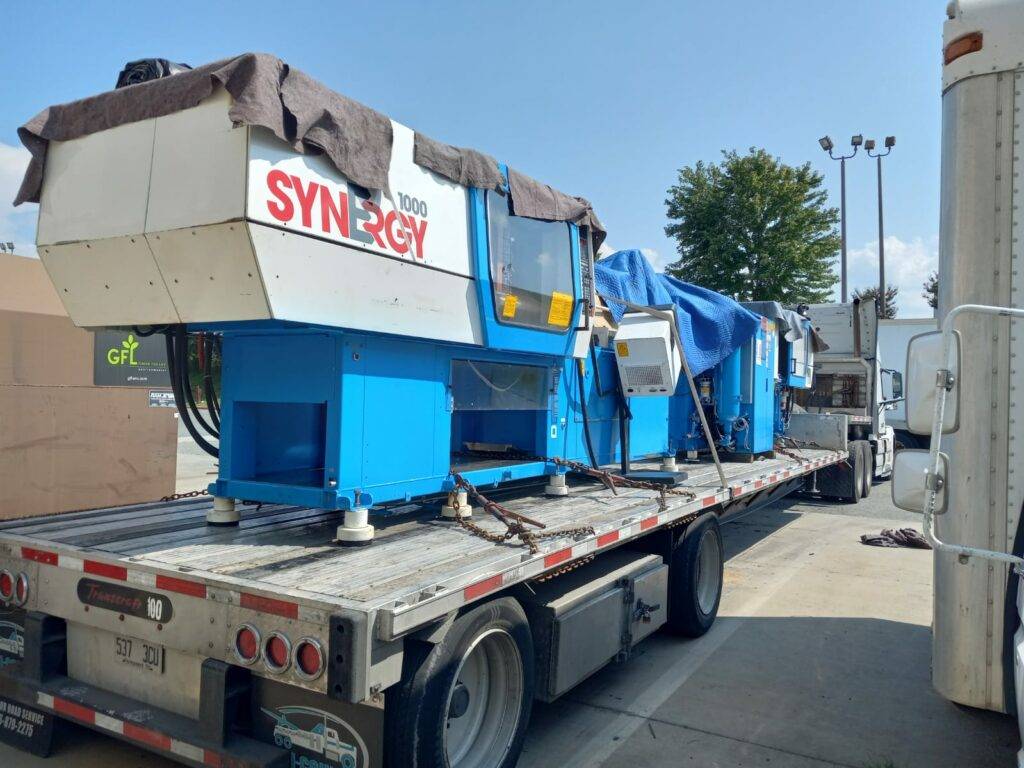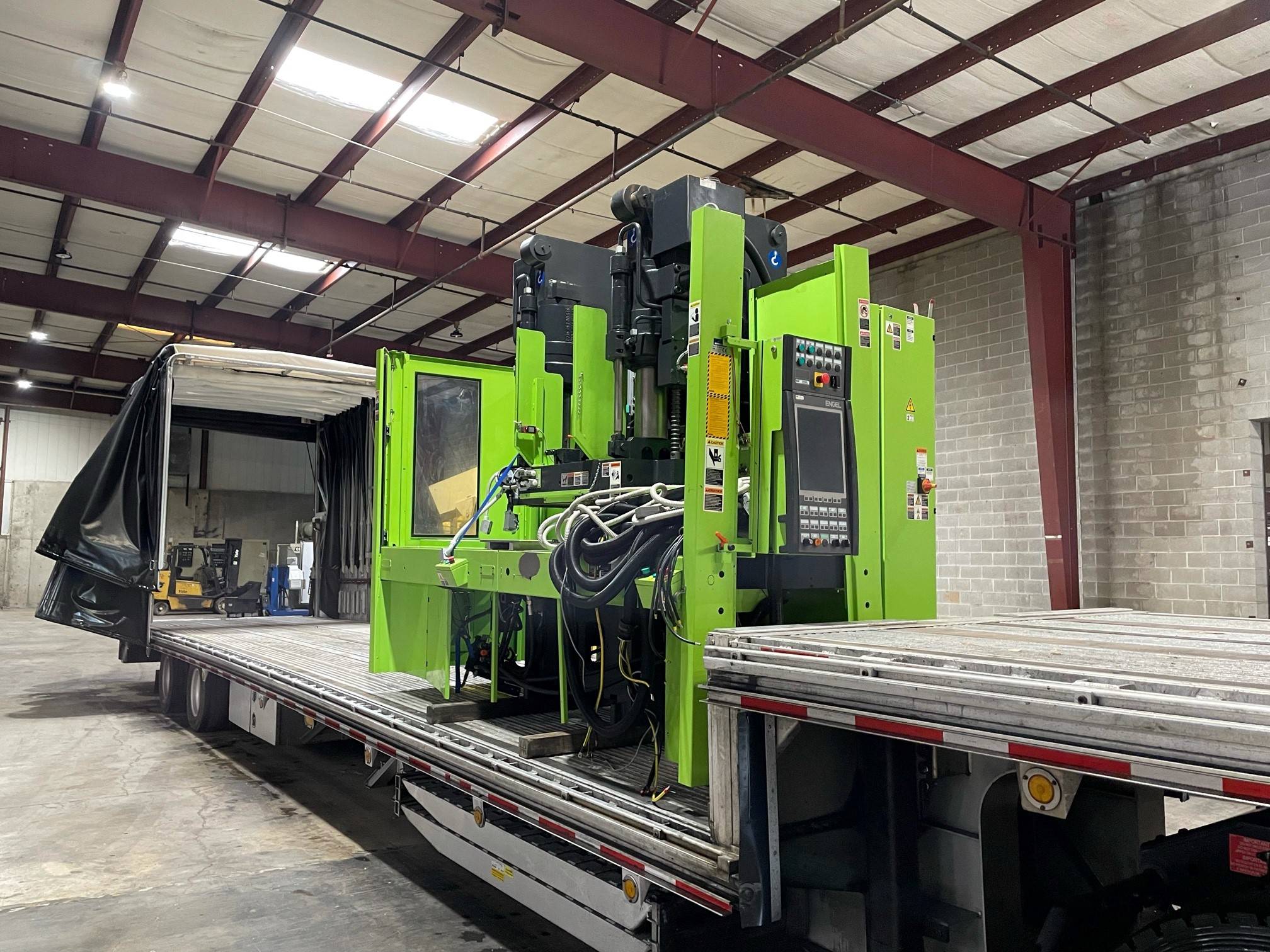Understanding PTL vs LTL: Choosing the Right Shipping Method for Your Business
In today’s fast-paced business world, efficient freight shipping is crucial for success. But with various options available, how do you choose the best shipping method for your needs? Two popular choices are Partial Truck Load (PTL) and Less than Truck Load (LTL). Let’s dive into these shipping methods to help you make an informed decision for your business.
What is Partial Truck Load (PTL) Shipping?
PTL shipping is an excellent middle-ground option for businesses with shipments too large for parcel carriers but not enough to fill an entire truck. Here are some key points about PTL:
- Ideal for shipments weighing between 10,000 and 40,000 pounds
- Allows multiple shippers to share truck space, reducing costs
- Involves less handling of cargo, minimizing damage risks
- Offers faster delivery times due to fewer stops
For example, imagine you’re shipping a large piece of machinery that weighs 15,000 pounds. It’s too heavy for standard parcel shipping but doesn’t require a full truck. PTL would be an ideal choice in this scenario.
Understanding Less Than Truckload (LTL) Shipping
LTL shipping caters to businesses with smaller shipments that only occupy a portion of a truck’s cargo space. Here’s what you need to know about LTL:
- Suitable for shipments weighing between 150 and 15,000 pounds
- Highly flexible and cost-effective for smaller loads
- Involves multiple stops and more handling of cargo
- Pricing based on freight classification, weight, and distance
Consider a situation where you’re shipping a pallet of products weighing 2,000 pounds. LTL would be a perfect fit, allowing you to share truck space with other shippers and reduce costs.
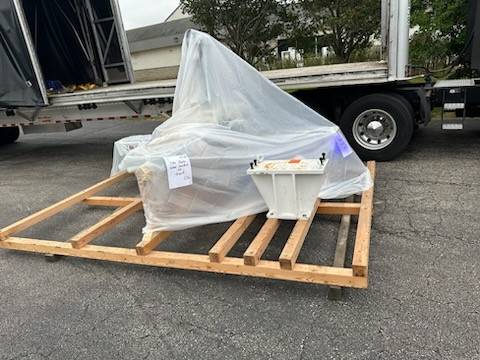
PTL vs LTL: Key Differences
To help you choose between PTL and LTL, let’s compare them based on several factors:
Shipment Size:
- PTL: 10,000 to 40,000 pounds
- LTL: 150 to 15,000 pounds
Transit Time:
- PTL: Faster due to fewer stops
- LTL: Longer due to multiple stops and freight consolidation
Cost:
- PTL: Generally more expensive per pound but cheaper than a full truckload
- LTL: More affordable for smaller shipments
Flexibility:
- PTL: Less flexible in terms of pickup and delivery schedules
- LTL: More flexible with various service options
Cargo Handling:
- PTL: Minimal handling, reducing damage risks
- LTL: More handling at various touch points
Risk of Damage:
- PTL: Lower risk due to less handling
- LTL: Higher risk due to more frequent handling and transfers
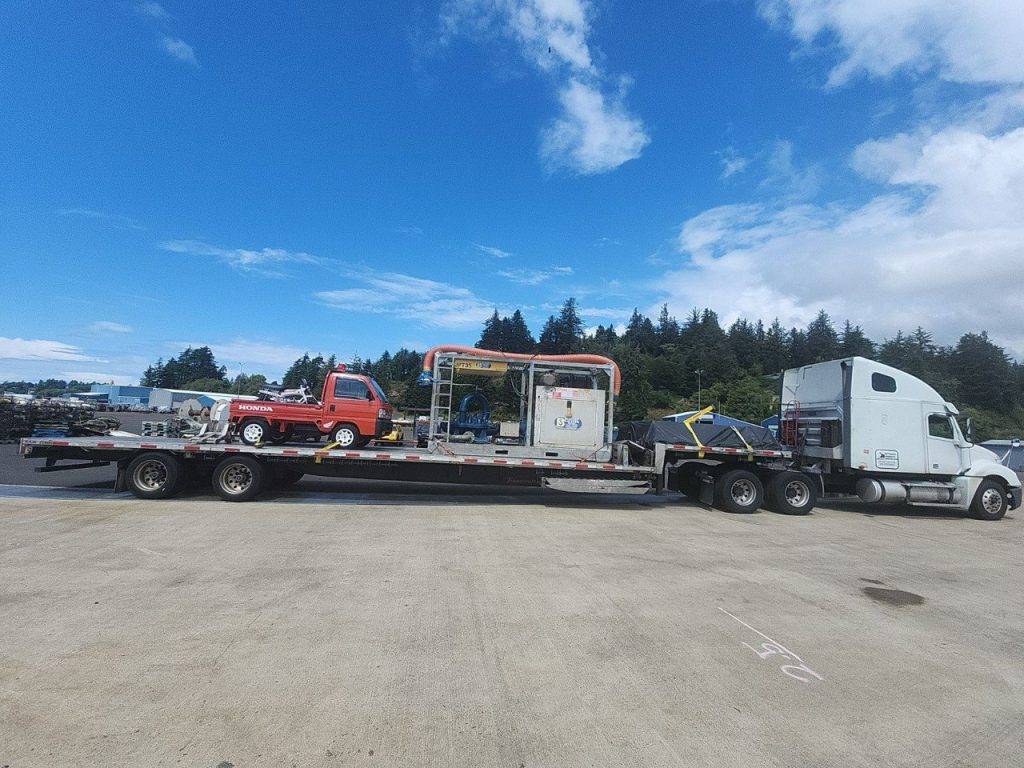
When to Choose PTL Shipping
Consider PTL shipping when:
- Your shipment weighs between 10,000 and 40,000 pounds
- You’re transporting high-value or fragile items
- Faster delivery times are crucial
- You want to minimize cargo handling
When to Opt for LTL Shipping
LTL shipping is ideal when:
- Your shipment is smaller, typically 4 pallets or fewer
- You have a flexible delivery timeline
- Cost-effectiveness is a priority
- Your cargo can be easily palletized
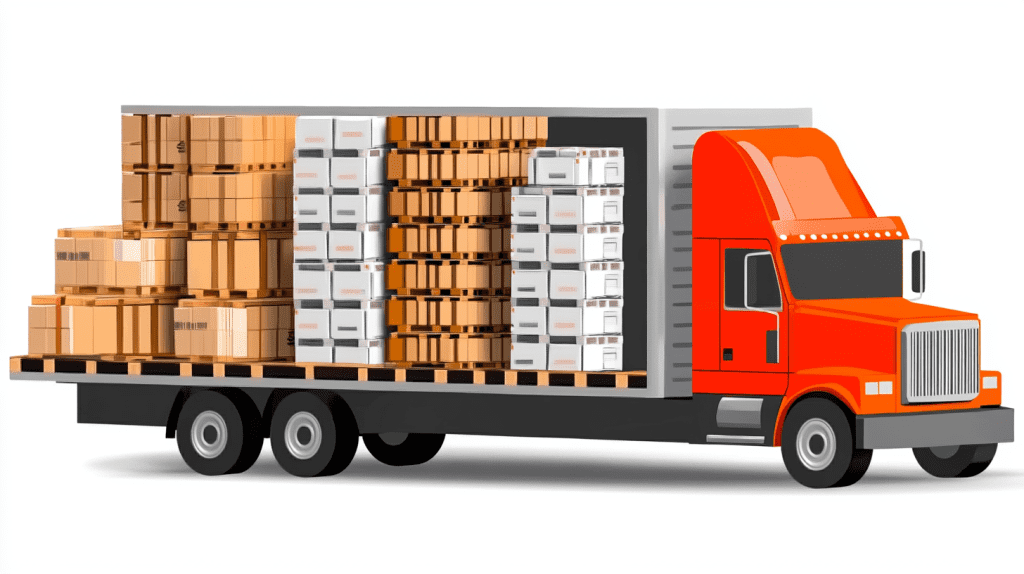
Making the Right Choice for Your Business
Choosing between PTL and LTL depends on your specific business needs. Ask yourself these questions:
- What’s the size and weight of my typical shipment?
- How time-sensitive are my deliveries?
- What’s my budget for shipping?
- How fragile or valuable is my cargo?
By answering these questions, you’ll be better equipped to make the right choice for your business.
The Importance of a Reliable Shipping Partner
Regardless of whether you choose PTL or LTL, working with a dependable shipping company is crucial. Look for a partner that offers:
- Transparent pricing
- Excellent customer service
- A proven track record in handling your type of shipments
- Advanced tracking capabilities
- Flexibility to accommodate your unique needs
Remember, the right shipping method and partner can significantly impact your bottom line and customer satisfaction.
In conclusion, both PTL and LTL offer unique advantages for businesses with varying shipping needs. By understanding the differences and assessing your specific requirements, you can optimize your logistics strategy and ensure your products reach their destination efficiently and cost-effectively.

